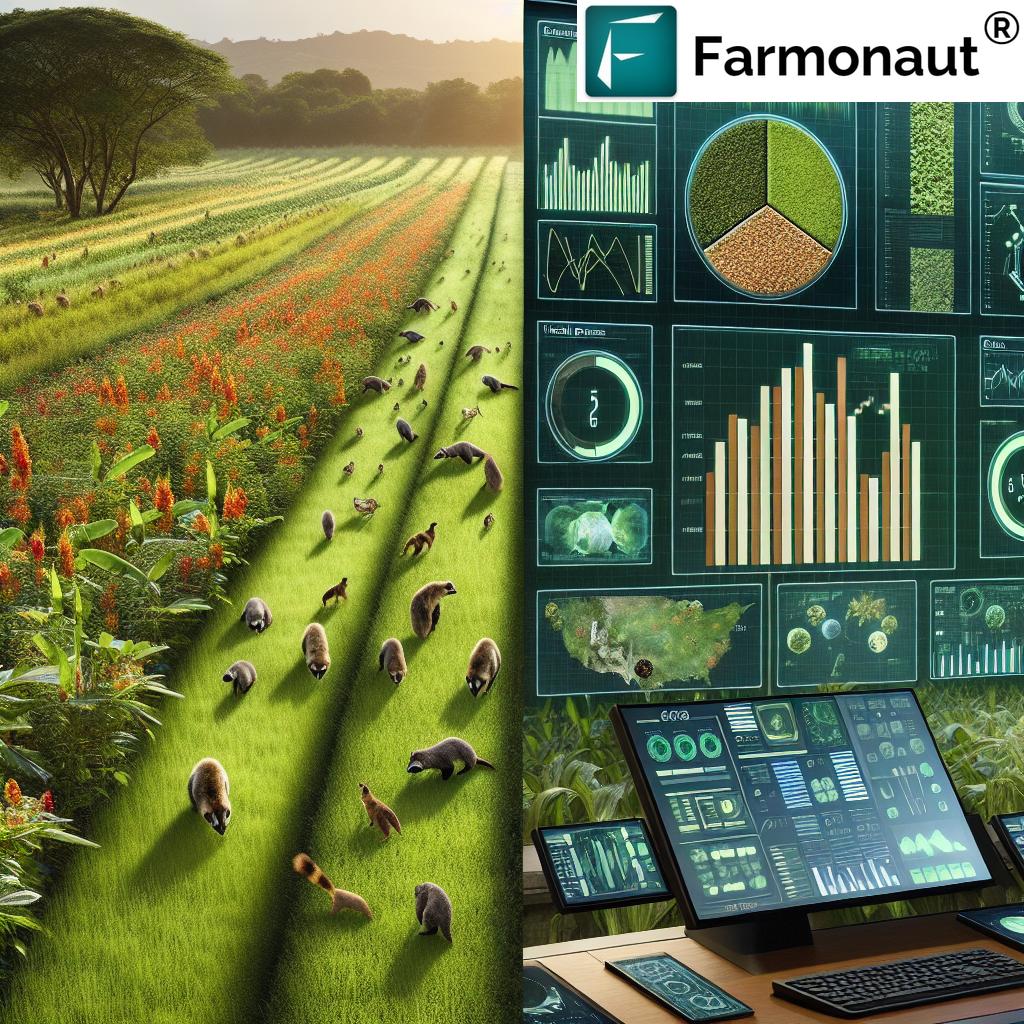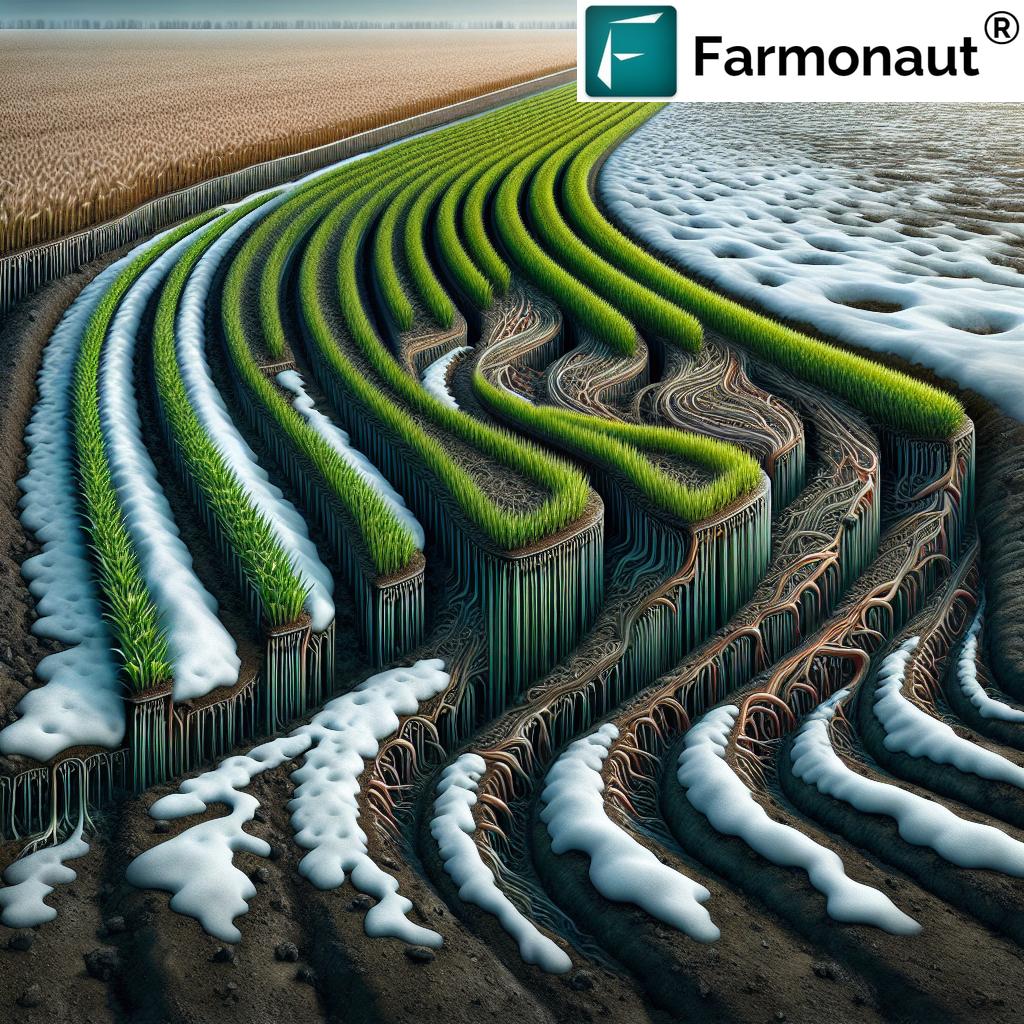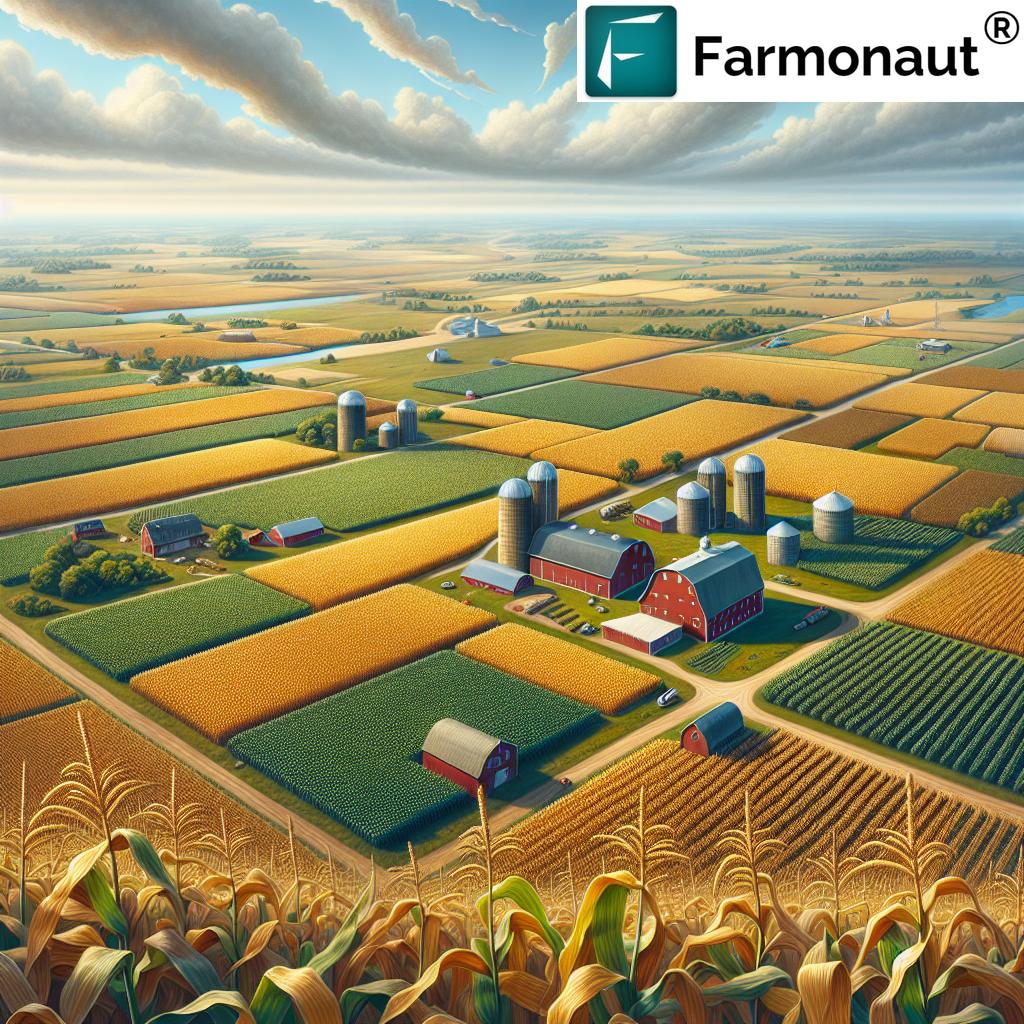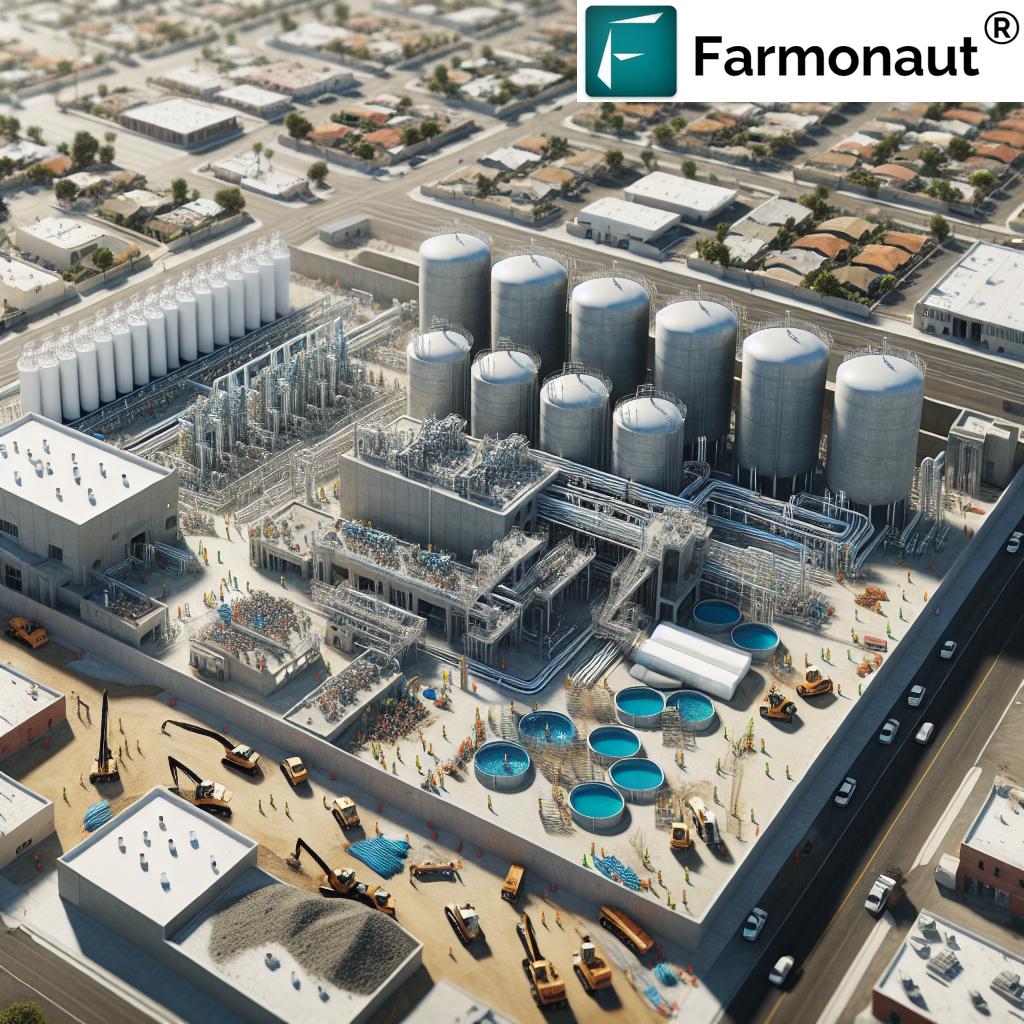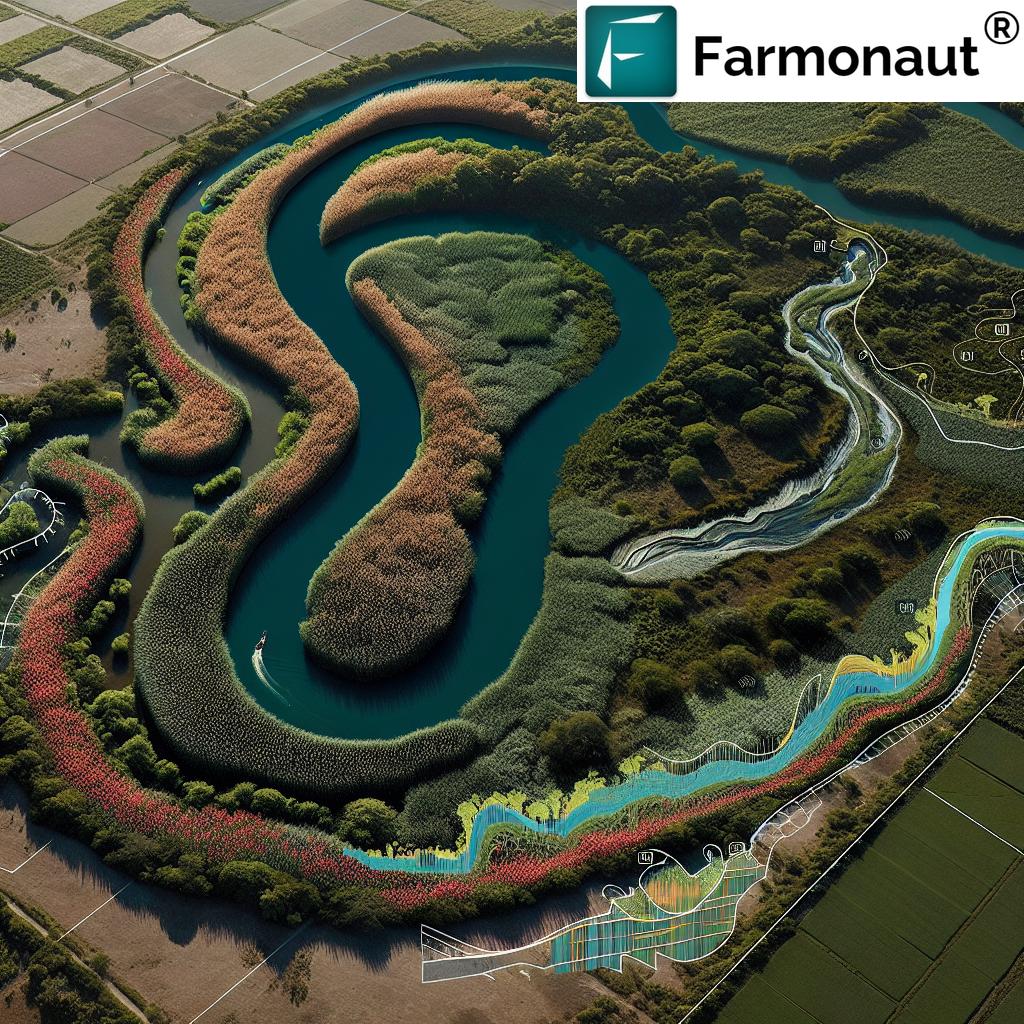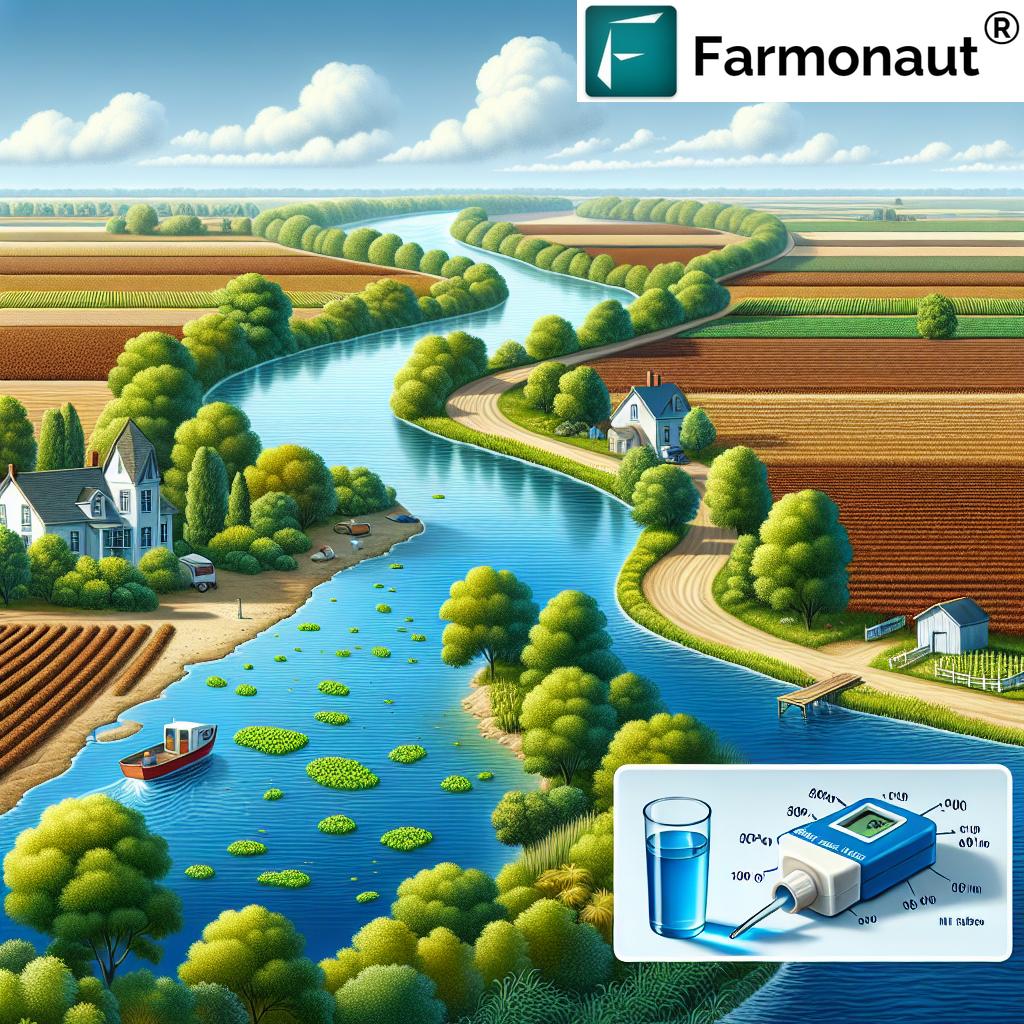Nebraska Agriculture News 2025: Key Innovations & Job Growth
“Nebraska’s precision agriculture sector is projected to boost crop yields by 18% statewide in 2025.”
Nebraska Agriculture in 2025: Trends, Opportunities, and Challenges
Nebraska continues to stand as a cornerstone of American agriculture, reinforcing its reputation as a leading state in farming innovation and production. As we analyze the latest Nebraska agriculture news for 2025, the focus is sharper than ever on technology, sustainability, workforce expansion, and the integration of high-tech tools like satellite monitoring and real-time mapping. This article provides a comprehensive overview of Nebraska’s agricultural sector, with deep dives into regional cultivation highlights, agricultural job trends, and the transformative power of digital farming solutions.
From improvements in crop genetics and precision agriculture to the rise of agriculture jobs in Nebraska and the growing use of geospatial agriculture maps, the sector is as dynamic and robust as ever. Stakeholders—including farmers, policymakers, business leaders, and agri-tech innovators—are shaping a future where Nebraska remains a backbone of food supply chains for the nation and beyond.
The Current Landscape of Farming in Nebraska
To understand today’s nebraska agriculture news, it’s essential to explore the state’s foundational assets and ongoing efforts to meet new economic, environmental, and social challenges. In 2025, farming in Nebraska is characterized by:
- Dual Strength in Crop and Livestock Production – Nebraska’s vast, fertile land supports a mix of intensive crop farming and robust livestock operations.
- Corn and Soybeans Remain Dominant – These crops are cultivated extensively due to favorable climate and soil conditions.
- Livestock, Particularly Beef Cattle – The state remains a pillar in U.S. beef production, with advanced feedlot operations and a focus on sustainability.
- Integration of Technology – Precision agriculture, drones, AI-powered analytics, and satellite mapping are increasingly shaping decisions, from planting to harvest.
- Sustainable Practices – Water conservation, rotational grazing, and methane reduction strategies help reduce the environmental footprint and maintain Nebraska’s productive edge.
With these foundational strengths, the state is uniquely positioned to lead in technological innovation, sustainability, and job creation for the agricultural sector in 2025 and beyond. Let’s dive deeper into how regional differences, new technologies, and workforce opportunities are shaping modern farming in Nebraska.
Nebraska Agriculture Map 2025: Regional Highlights and Specializations
Mapping Nebraska’s agricultural landscape in 2025 reveals distinct regional strengths supporting its position in national and global markets. Here’s how regional differences on the Nebraska agriculture map continue to drive production efficiency, resilience, and job growth:
Eastern Nebraska: The Engine for Intensive Crop Production
- Eastern Nebraska benefits from some of the most fertile land and reliable water resources in the state.
- Specialization in corn and soybeans—crops that remain dominant here due to favorable soil and climate conditions.
- Advanced irrigation and GIS-driven field management elevate regional yields, buffering against climate variability.
Central and Western Nebraska: Rangelands and Livestock Focus
- Central Nebraska bridges the state with mixed farming but increasingly specializes in cattle ranching, feedlot operations, and hay production.
- Western Nebraska is home to vast rangelands—cattle production and rotational grazing strategies are integral here.
- Growing integration of environmental monitoring and drought-resistant practices due to arid conditions.
Dynamic Agricultural Mapping and Real-Time Decision Making
The rise of precision mapping and geospatial technologies empowers both farmers and policymakers to:
- Track soil health, moisture levels, crop development, and pest outbreaks instantly.
- Optimize planting, fertilizer application, and irrigation timing to maximize efficiency and yield.
- Create region-specific responses to climate and market fluctuations.
This level of mapping is critical for ensuring that farming in Nebraska remains competitive and resilient against environmental and global supply chain pressures.
Key Innovations Shaping Nebraska Farming – Nebraska Agriculture News 2025
The latest nebraska agriculture news headlines in 2025 are filled with stories about cutting-edge technology and data-driven farming. Farmers and industry professionals are increasingly adopting solutions that offer greater precision, efficiency, and resilience.
Precision Agriculture: Higher Yields, Lower Waste
- Utilization of GPS-guided tractors (equipment) allows for precise seeding, fertilizer application, and automated irrigation.
- Drones and multispectral sensors collect valuable data on crop health, soil moisture, and pest infestations.
- AI-based analytics optimize all aspects of planting, resource allocation, and harvest timing, minimizing waste and boosting yields.
Result: Nebraska’s precision agriculture sector is expected to further advance, promoting sustainable and profitable farming practices.
Seed Genetics and Biotechnology
- Continued improvements in seed genetics have led to drought-resistant, pest-tolerant, and nutrient-optimized crops, especially corn and soybeans.
- Biotechnological advances ensure more stable yields despite increasingly unpredictable weather patterns.
Satellite-Driven Geospatial Monitoring and Mapping
- Geospatial mapping delivers near-real-time snapshots of field conditions, opening precision agriculture to every Nebraska farmer.
- Advanced platforms—such as Farmonaut’s—offer NDVI/vegetation indexes, soil mapping, and water usage optimization with satellite imagery.
- These maps are critical for long-term planning and immediate action, driving sustainable yields and cost savings.
Sustainable Irrigation and Water Management
- Smart irrigation systems use real-time data to distribute water only where it’s needed, addressing key concerns over the Ogallala Aquifer’s sustainability.
- Water-saving techniques and soil moisture mapping help maintain production while lowering environmental impact.
Blockchain Traceability and Resource Management
- Blockchain-driven systems enhance accountability in agricultural supply chains, reducing fraud and improving food traceability. Learn more about product traceability solutions for Nebraska producers.
- Resource management tools optimize fleet use, machinery allocation, and a range of farm operations. For large-field operators, large-scale farm management platforms combine satellite insights with logistics tools for maximum efficiency.
Nebraska Agriculture Innovations & Economic Impact 2025
| Innovation/Technology | Primary Application | Adoption Rate in Nebraska (2025, %) | Impact on Crop Yield (Estimated % Increase) | Estimated Jobs Created (2025) |
|---|---|---|---|---|
| Precision Agriculture | Crop Monitoring Resource Optimization |
45% | 12% | 800 |
| Geospatial Mapping & Satellite Monitoring | Field Mapping Soil Analysis |
32% | 8% | 510 |
| Sustainable Irrigation | Water Management Irrigation Optimization |
28% | 7% | 390 |
| Seed Genetics & Biotechnology | Drought Resistance Pest/Disease Tolerance |
56% | 15% | 600 |
| Blockchain & Supply Chain Traceability | Verification/Transparency | 15% | 5% | 250 |
| Environmental Impact Tracking | Carbon Footprint Sustainability Reporting |
11% | n/a | 120 |
| Fleet & Resource Management Tech | Logistics Machinery Use Optimization |
22% | 3% | 260 |
*Adoption and job figures are estimated for 2025 and subject to ongoing market and technology trends.
“Agriculture technology jobs in Nebraska are expected to grow by 12% between 2024 and 2025.”
Agriculture Jobs Nebraska: Expanding Roles & Market Opportunities
Agriculture jobs in Nebraska are growing and diversifying—the sector is now a magnet for both traditional and high-tech talent. Driven by innovation, the expanding market, and greater automation, Nebraska’s agricultural workforce is more dynamic than ever:
High-Demand Career Paths in 2025
- Field Technicians, Equipment Operators, and Seasonal Labor – Remain critical for planting, irrigation, harvest, and ongoing crop/livestock care.
- Agronomists and Agricultural Engineers – Lead the drive for higher yields, resource management, and new farming practices.
- Drone pilots, Data Scientists, and AI Specialists – Analyze field data, operate remote farm monitoring, and accelerate sector-wide adoption of smart technologies.
- Sustainability Managers and Compliance Officers – Oversee the environmental impact, from carbon footprinting to the implementation of sustainable practices. Nebraska’s producers now increasingly demand action on carbon footprinting for regulatory compliance and reporting.
- Ag-Tech Entrepreneurs/Start-up Hires – Nebraska is hosting more agri-tech incubators and innovation hubs in 2025, creating new business and job opportunities.
Programs and Pipeline Development to Support the Agricultural Workforce
- Educational institutions in Nebraska are aligning curricula with modern agri-industry requirements, offering new training in data analytics, environmental stewardship, and precision tech.
- Internships, apprenticeships, and remote work programs are ensuring young workers have viable entry points into farming and agri-business roles.
- State-supported crop loan & insurance initiatives, often verified by satellite, help reduce risk for both employers and workers.
These workforce efforts are pivotal for ensuring Nebraska’s agricultural sector remains robust, innovative, and sustainable into the future.
Championing Sustainability & Water Management in Nebraska Agriculture
Sustainability remains at the heart of every forward-thinking operation in Nebraska agriculture news for 2025. Key focus areas include:
Smart Irrigation, Aquifer Management, and Drought Preparedness
- The Ogallala Aquifer supplies vital irrigation but faces increasing pressure from intense agriculture and shifting rainfall. In 2025, tech-enabled, real-time water use mapping and efficient smart irrigation systems are in strong demand.
- Drought-resistant seed genetics, soil moisture sensors, and multi-crop rotation models are widely adopted to support resilience.
Reducing Environmental Footprint: Resource Conservation & Methane Reduction
- Rotational grazing and improved rangeland management are reducing erosion, improving soil organic content, and controlling emissions from livestock operations.
- Methane reduction strategies (feed additives, waste management improvements) are lowering the per-cattle environmental impact—critical as global markets want sustainable beef.
Compliance, Measurement, and Reporting
- Environmental regulation and consumer demand require detailed, verifiable reporting of sustainability practices.
- Adoption of satellite-based carbon accounting—like those accessible with Farmonaut’s carbon footprinting toolkit—drives data-driven compliance and enhances market trust for Nebraska producers.
The drive for sustainability is tightly linked to both industry competitiveness and the long-term future of food production in the state.
The Power of Agricultural Mapping & Real-Time Insights in Nebraska
Geospatial mapping and real-time data integration now represent the “new normal” in Nebraska agriculture mapping. They provide Nebraska’s farming community with transformative powers:
- Instant Identification – Farmers detect crop health anomalies, water stress, and pest outbreaks before they hit yields.
- Data-Based Decisions – Access to live agriculture maps enables variable-rate fertilizer, precise irrigation, and field-by-field strategy adjustments.
- Flexibility and Resilience – Real-time monitoring reduces the lag between problem and solution, increasing overall crop resilience to unpredictable climate or market shifts.
How to Get Started with Satellite-Based Agriculture Mapping
- Farmonaut’s platform offers affordable, easy-access satellite monitoring for Nebraska farmers, businesses, and government users.
- Get rich data on NDVI (vegetation health), soil moisture, and resource usage via mobile or web dashboards.
- Integrations via Farmonaut API make it simple for other ag solutions and apps to embed map-driven agricultural insights. Detailed developer docs are also available for smooth API onboarding.
Farmonaut’s service is platform-independent: available via mobile apps, web browser, and API. This flexibility ensures all Nebraska producers—from family-run farms to large agribusinesses—can benefit.
Farmonaut: Satellite Solutions Empowering Nebraska Agriculture in 2025
As Nebraska continues to push boundaries in technology and precision farming, advanced satellite-driven platforms like Farmonaut are unlocking new opportunities for our regional agriculture sector.
- Affordable Satellite Monitoring: Farmonaut democratizes access to vital crop, soil, and field data. It removes cost barriers for both small and large producers across Nebraska.
- AI-Based Insights (Jeevn AI): Real-time, field-specific advice empowers farmers and businesses to implement high-impact practices—from resource saving to maximizing yield.
- Blockchain Traceability: Ensuring transparency and trust in agricultural supply chains, Farmonaut’s blockchain solution secures traceability for products moving from Nebraska fields to global markets.
- Environmental Impact Tracking: Our real-time carbon accounting tools help Nebraska producers measure, manage, and report carbon footprints and sustainability practices.
-
Fleet & Resource Management: Satellite-driven tracking of machinery and logistics delivers streamlined movement across large Nebraska fields, supporting cost containment and timely operations.
- Explore farm fleet management for optimizing your equipment, reducing costs & improving reliability.
Benefits for Nebraska Agriculture:
- Cost-effective tools and tech, accessible to all farm sizes via subscription, API, and intuitive apps.
- Real, live data that drives adaptive, resilient farming in a fluctuating climate.
- Support for sustainable, transparent supply chains with easy integration for government, business, and financial services.
Interested in leveraging Farmonaut for your Nebraska farm, institution, or agri-business? Get started with a tailored subscription:
FAQs: Nebraska Agriculture in 2025
-
What are the major crops in Nebraska in 2025?
Nebraska’s leading crops remain corn and soybeans, supported by advances in seed genetics, sustainable irrigation, and regional specialization as shown on the latest Nebraska agriculture maps. -
What kinds of agriculture jobs are growing in Nebraska?
Agriculture jobs in Nebraska are evolving: increased demand for data scientists, drone operators, sustainability managers, precision ag technicians, and environmental mapping specialists complement traditional roles such as field technicians and livestock handlers. -
How is Nebraska addressing climate and water challenges?
Through sustainable irrigation tech, drought-resistant crops, and real-time monitoring of the Ogallala Aquifer. Adoption of smart water management and environmental mapping tools is rising rapidly. -
What are some accessible technologies for small farmers?
Affordable satellite monitoring, app-based crop management, and blockchain-driven traceability—such as those offered by Farmonaut—are widely available via mobile/web apps and API integrations. See Farmonaut Apps. -
How is agricultural mapping used in Nebraska?
Farmers utilize dynamic agriculture maps to identify soil, crop health, and water use patterns—enabling timely, data-driven decisions and supporting higher yields, sustainability, and cost reductions across diverse regional operations.
Summary: Nebraska Agriculture – A 2025 Perspective
Nebraska’s agriculture sector in 2025 is marked by technology-driven progress, sustainable practices, and job growth. The state’s regional strengths—fertile eastern cropland, robust central and western rangeland, and a skilled, expanding workforce—combine with a culture of innovation and resilience.
Digital tools, especially satellite-based geospatial mapping and real-time monitoring, are directly shaping Nebraska’s farming practices, market presence, and global supply chains. Automated fleet management, AI-driven advisories, and blockchain-backed traceability ensure efficiency, transparency, and sustainability throughout the agricultural value chain.
Challenges such as climate variability, water resource management, and commodity price fluctuation remain significant, but Nebraska’s focus on environmental stewardship, workforce development, and continued innovation is positioning the state at the forefront of U.S. agriculture.
For those seeking to engage in Nebraska’s agricultural sector—whether through exploring agriculture jobs in Nebraska, implementing state-of-the-art mapping technologies, or adopting sustainability practices—2025 offers unprecedented opportunities. Staying informed through the latest Nebraska farming news and integrating smart solutions will ensure that Nebraska’s role as a critical American food producer continues to grow in the years ahead.






